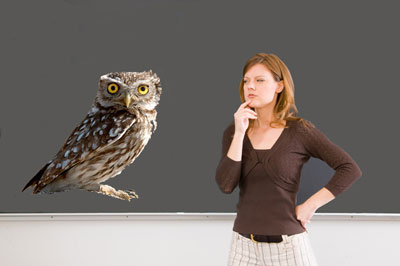Basics of Bird Identification
In this section, we’ll address some of the basics of bird identification. There is a lot to learn, but with a little experience, it will all become second nature. As with a lot of things, experience is the best teacher. The more time you can spend in the field, either by yourself or birding with others, the more quickly your skills will develop.
If you are a real novice, begin by reading What you don’t know, you don’t know (below). You’ll learn a few things to help you get started without too much confusion.
With a little experience, you’ll graduate to “knowing what you don’t know.” When you reach that level you can spend some time in the ID Challenge section of the site.
When you’re ready, select one of the topics in the left-hand navigation. To test your skills and have a little fun in the process, visit the Birdzilla Games website.
What you don’t know, you don’t know!

If you are new to birding, there are a few things that you might not know. This background information may prove useful.
Location-based information
1. Range: Different bird species have different ranges. Some species can be found throughout the United States and some have ranges limited to part of a single state.
2. Abundance: Some birds are common in one area and rare in another part of the country.
3. Migration is a complicated process in birds, with many different patterns. Knowing the pattern of a particular species will help you with your identification.
- Some birds remain resident in the same location on a year-round basis. (Northern Cardinal)
- Some species migrate long distances and leave the United States during the winter months. (Wood Thrush)
- Some species are short-distant migrants. They may move from high on a mountain to lower on the same mountain or move south only a few hundred miles. Or may migrate a short distance south.
- In some species, parts of a population will migrate, while others do not. (House Finch)
4. Habitat: This one is a little more obvious.
- Different species prefer different habitats. Ducks prefer the water and woodpeckers prefer the sides of trees, for example.
- Some species are more commonly found on or near the ground (sparrows), while others prefer to be high in the trees (Great-crested Flycatcher).
Appearance-based information
1. In some species, the male and females look alike. (Blue Jay)
2. In some species males and females have different appearances. (Northern Cardinal).
3. Some species look the same on a year-round basis. (Red-tailed Hawk)
4. Some species look one way in the breeding season, and another in the winter. (Laughing Gull)
5. Size is a commonly-used identification tool, but often leads to confusion. When using size, try to compare the unknown bird to a nearby bird or object of known size.
6. Young birds reach their full size at the end of their first summer. They do not grow larger in year two.
7. Some species may take several years to reach their adult appearance through a series of molts. (Bald Eagle can take 4-5 years to reach full adult plumage.)
8. Some species have several different races, color morphs or even size variations. Red-tailed Hawks range from very pale to almost completely black. In fact, several hawk species have a light phase and a dark phase.
Behavior-based Information
As you watch birds, pay attention to their behavior and habits. In flight, are the wing beats fast or slow, deep or shallow? Study their feeding behavior.
Here are a few examples…
Black Vulture and Turkey Vulture are similar, especially at a distances. Turkey vultures have longer wings, soar with their wings in a shallow V and often rock back and forth as they glide along. Black Vultures have shorter wings and tend to flap more than the Turkey Vultures (often called TVs by birders).
The Reddish Egret has both a dark phase and a light (white) phase. Both color phases are active feeders and often appear “drunk” as they run around in search of a meal.
Spotted Sandpipers have a very stiff-winged flight. When disturbed they often fly from one spot to another while remaining very close to the ground (or water).
Woodpeckers have an undulating flight.
